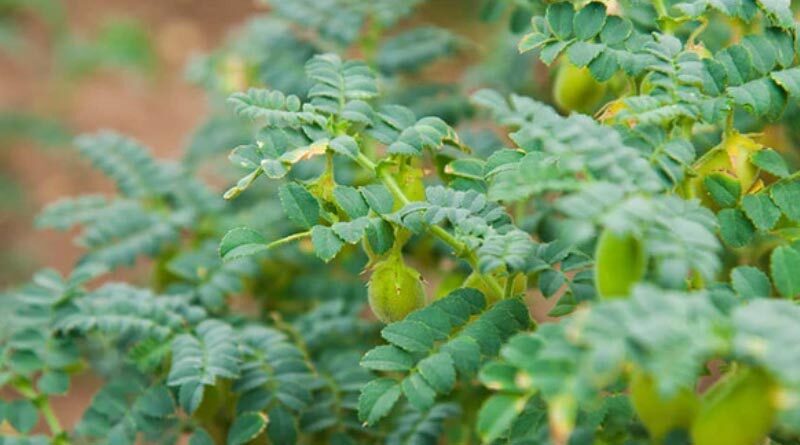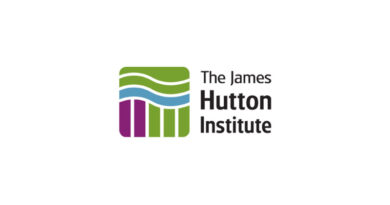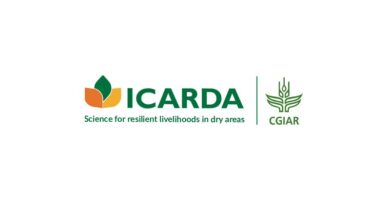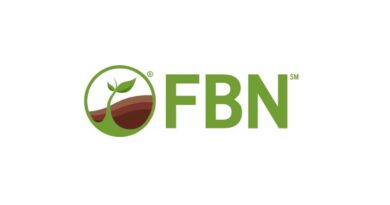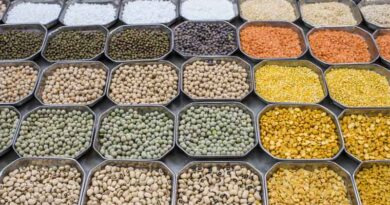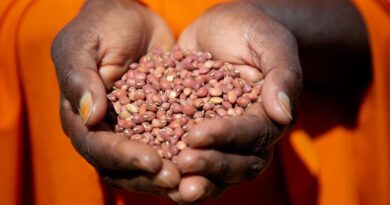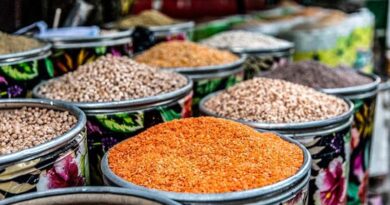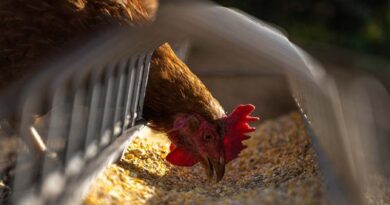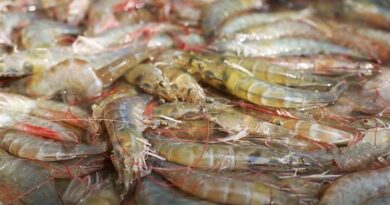The world has got a taste for chickpeas, which is no surprise as almost every culture has a dish that features them
10 February 2022, Spain: Pulses have their own world day which was established to recognise the important role pulses play in both human nutrition and sustainable agriculture.
Pulses are part of the legume family. The term pulse only applies to legumes that have dry edible seeds. These edible seeds grow in pods and unlike other crops, a pulse is harvested when the pod has dried out and yellowed. The main pulses include beans, lentils, split peas, and chickpeas.
In the Mediterranean chickpeas are used to make hummus; in India, they are used to create Dahls; in Italy chickpea flour is used to make farinata; in Greece, they roast them to snack on; and in Spain, they are at the heart of a warming stew.
Chickpeas have a very ancient history with the earliest remains found in Syria and Turkey dating back to around 7,000 BC.
Since then, they have interest to farmers and consumers around the globe with production escalating and expanding into at least 37 countries; leading them to rank third among global pulse crops.
Here are some more facts you may not know about cherished Chickpeas:
- They are self-pollinating
- They require little water to grow
- In some cultures, they are known as Garbanzo beans
- Chickpeas contain their own natural insecticide which secretes from the fine hairs which cover their stem and pods
- India is the largest chickpea producer
- Pulses are high in protein
- Chickpea water is used as an alternative to eggs (aquafaba)
- They belong to the pea family
- Legume crops fixate nitrogen
- Chickpeas are rich in essential vitamins and minerals

